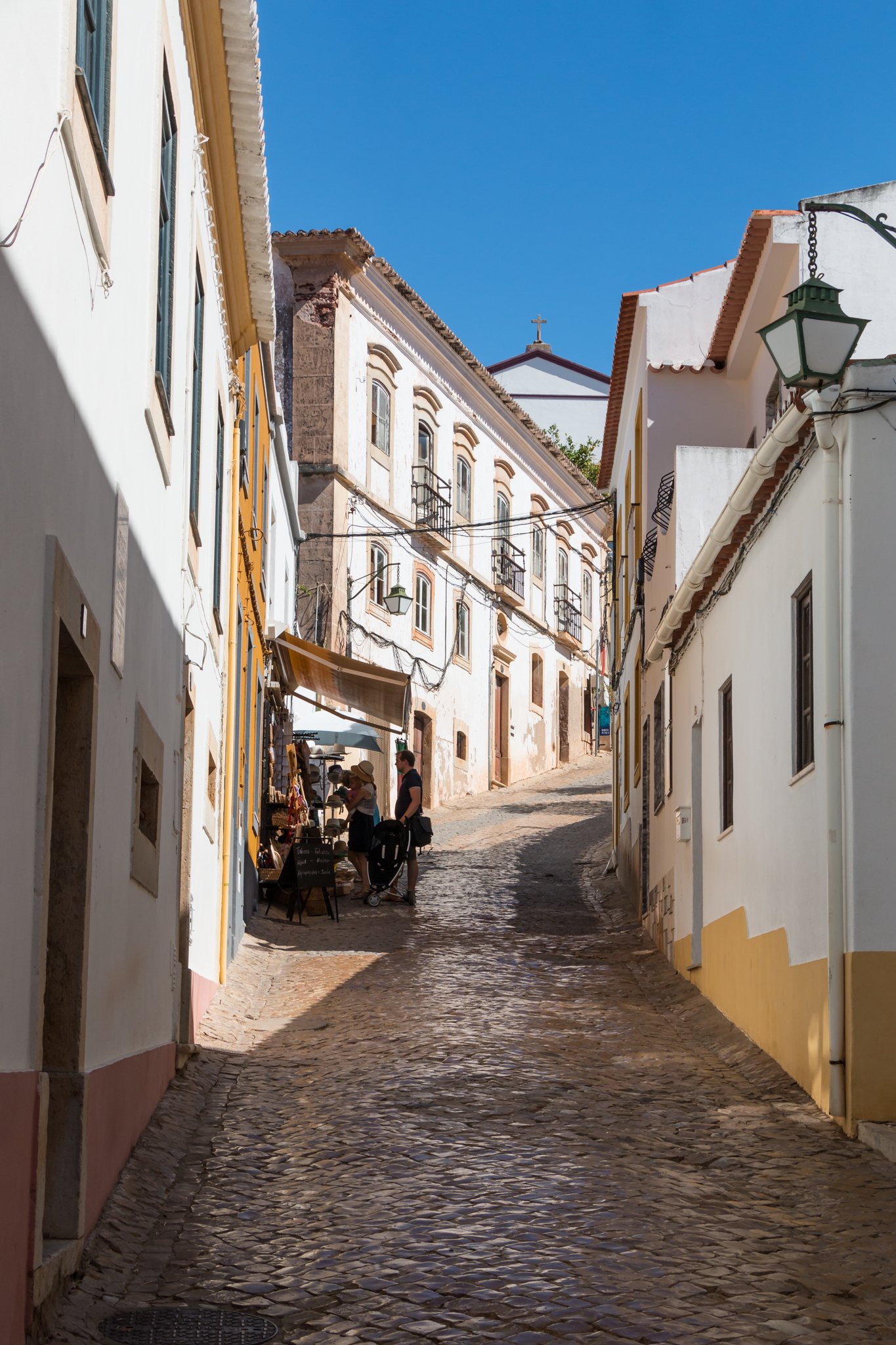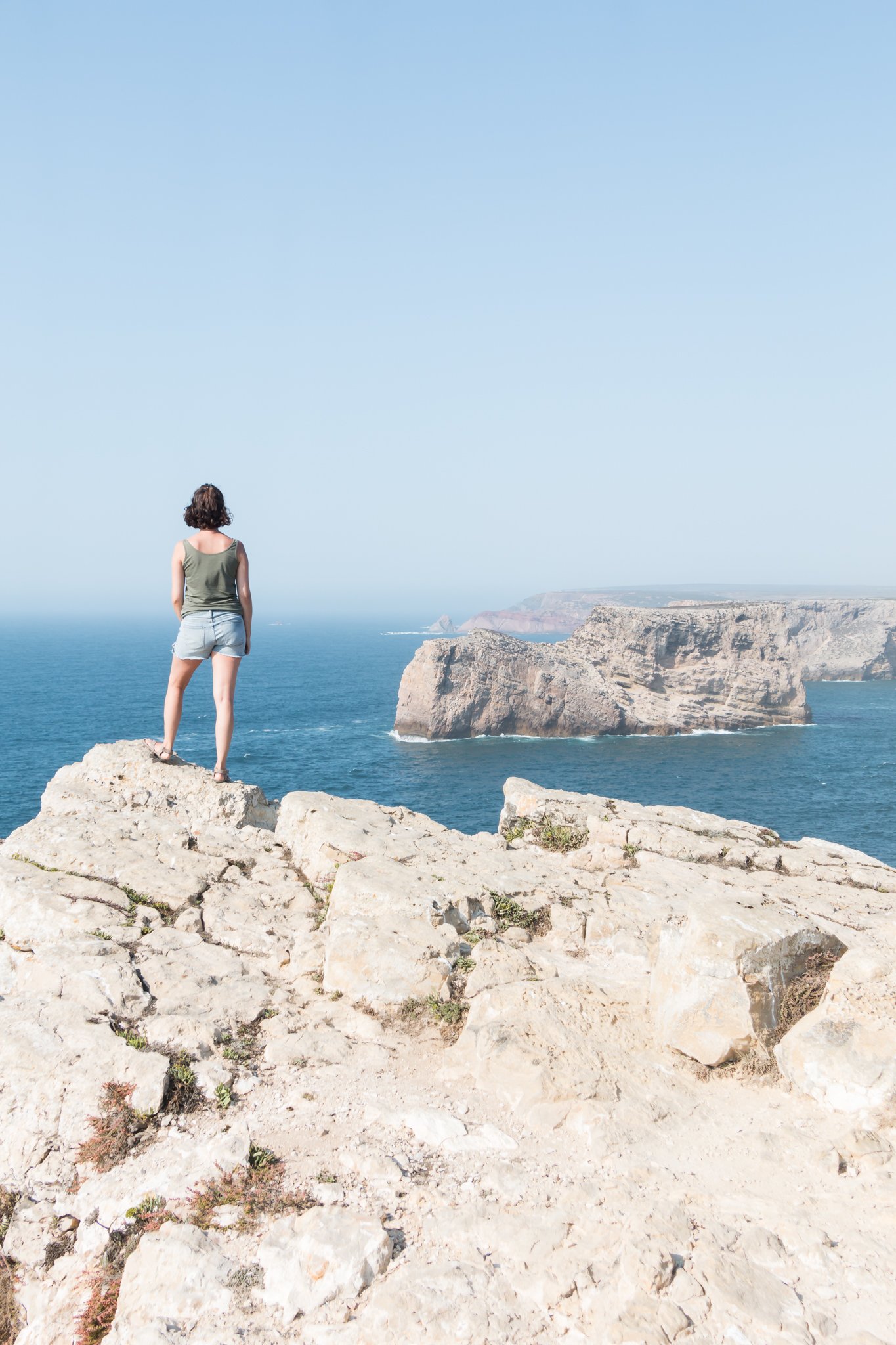The Algarve, Portugal
Portugal’s Algarve region is famous for its long, sandy beaches, dramatic coastal rock formations, and tasty food. Best yet, all of this can be enjoyed at a fraction of the price of nearby Spain, and certainly of France and Italy. The region has largely been developed for and caters to package tourism, especially from northern Europe, and this no doubt detracts from the area’s cultural appeal, but there is enough to see and experience for the Algarve to serve as a relatively inexpensive destination combining lazy beach days with stimulating nature and city adventures. We spent 9 days in the region and will cover our trip in two parts—first, the eastern half (dubbed Sotavento), then the western half (dubbed Barlavento).
Sotavento (East)
We flew into Faro, picked up a car (which we had for the whole trip), and made our way to Tavira where we stayed at an apartment (Casa do Postigo) for two nights. Tavira is a low-key town best explored on foot. The town is split in two by the Gilão River and linked by the attractive Ponte Romana, anchored on the southern side by Praça da República, Tavira’s main square.
The best way to orient yourself is heading up to Tavira Castle—don’t expect too much from the “castle” itself, but the view is beautiful, especially of Igreja de Santa Maria do Castelo. The town has a couple of other churches worth a visit (Igreja de Santiago and Igreja da Misericórdia), but our favorite thing to do in Tavira was just wandering around, appreciating the whitewashed architecture punctuated with colorful tile.
For only a couple of days in town, we had a lot of good meals! Mandala (savory wraps and juice) has a hip (but accessible) vibe and doubles as a record shop. Our small-plates dinner at Pausa (spicy potatoes; hummus; chicken, mango, and orange salad; apple, cream cheese, and almond bruschetta; and a brownie sundae) still makes us drool when we think about it. Small plates made another experience at our dinner at Nó de Gosto (cod toast, chorizo, pork sausage, fries, and a ham and fig salad). And we satisfied our sweet tooth with dessert at Pastelería Tavirense (lemon meringue pie, chocolate truffle) and ice cream at Delizia.
Vila Real de Santo António, the Algarve’s easternmost coastal town, is worth a couple of hours for its grid-based streets lined with white homes and pops of tile. Praça do Marquês de Pombal, the main square, sports a stunning alternating black and gray cobblestone pattern and is lined with pretty homes and storefronts. After wandering the streets, we walked the riverfront (Spain is just across the Guadiana River) and grabbed lunch on the terrace at Sem Espinhas (vegetable tagliatelle and chicken and pineapple salad).
On the final day of our trip, we stopped in Faro before heading to the airport, taking advantage of plentiful parking outside the walled old town. The wandering theme continued here; you can walk every street in the old town in a couple of hours and that we did! There aren’t many notable sights, but there are lots of attractive views and stunning architecture. We finished our time here with a delicious lunch in a picturesque square at Vila Adentro (lamb, baked potato, veggies).
BARLAVENTO (WEST)
Six of our 9 days in the Algarve were spent based in the central town of Albufeira. Though large parts of the town are quite modern and decidedly un-Portuguese (e.g., Irish pubs and sports bars), its central location and beautiful beach were factors in our decision to stay there. Luckily, our Airbnb was located in the quiet and traditional area immediately around Museu Municipal de Arqueologia de Albufeira, where we spent evenings strolling the streets and walking down to the beach. We also dedicated two days fully as beach days. Our main dinner spot was Ricardo's Pizzaria (spaghetti Bolognese, spaghetti carbonara, ravioli, bruschetta, tiramisu)—also decidedly un-Portuguese!—and we made a few trips in the car out to Pastelaria Riviera for its large collection of cakes, cookies, and other sweet delights.
We used Albufeira as a base to explore the western Algarve by car. Lagos, one of the most popular cities in the region, surprised us with its mix of traditional and modern. We walked through the streets, zig-zagging from Praça Gil Eanes in the north down to lunch Nah Nah Bah (burgers), appreciating its churches (Igreja de Santa Maria on Praça Infante Dom Henrique) and white-washed architecture. We both agreed that we would stay in Lagos if we visited the Algarve again.
In the afternoon, we set off on a sailing adventure with Bom Dia—we had booked the 4-and-a-half-hour Baia de Lagos trip. Highlights were anchoring in the open ocean for a swim, transferring to small boats to explore Ponta da Piedade, and eating a delicious homemade dinner (piri piri chicken) prepared and served at sunset. Not a bad end to the day!
While you could spend all your time in the Algarve on the coast, you’d be missing out on gems like Silves, a hill town crowned by its Castelo. After visiting the cathedral and taking in the views from the walls of the Castelo, we walked around the old town, taking our time in the many picturesque streets west of the cathedral (which were completely empty!). All that walking left us hungry, so we refueled at Churrasqueira Valdemar, a local piri piri chicken spot worth a visit.
During one of our drives we stopped briefly at Carvoveiro to walk its boardwalk (and down into the rock formations below at one point) and snag a view of its picturesque beach.
The smaller towns of Ferragudo and Salema gave us a view into a less busy side of the Algarve. Ferragudo is a small fishing village dwarfed by its large neighbor Portimão. We walked around the small streets radiating east and west from Praça Rainha Dona Leonor and got our feet in the sand at Praia da Angrinha. And check out the viewpoint at 37.125444, -8.522887.
Salema is a sleepy beach town on the way to the western edge of the Algarve’s coast. There’s not much to do other than walk the streets and relax on the beach—and eat delicious pizza at Pizzamobile!
Not far from Salema is Cabo de São Vicente, Portugal’s southwesternmost point crowned by a lighthouse. The views from the cliffs around the lighthouse are fantastic.
Praia da Marinha is a postcard-perfect beach, but we only liked it for its dramatic views—it’s not the best for swimming. We laid out for about an hour before deciding to head back to Albufeira for the last swim of our trip.
We knew the Algarve would be serving in part as a beachy destination, and it handles that responsibility very well. And though we were surprised by the beauty and culture of places like Tavira, Faro, Silves, Lagos, overall we felt just OK about the trip. We didn’t fall in love with the Algarve like we have other beachy locations like the Greek Islands, Italy’s Amalfi Coast, or Croatia’s Dalmatian Coast. But Portugal still remains a country of interest for us and we’ll shortly be heading back for a third (fourth for Britt) time to see the north of the country. And I’m sure that won’t be our last visit!

























































